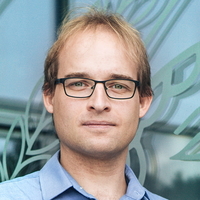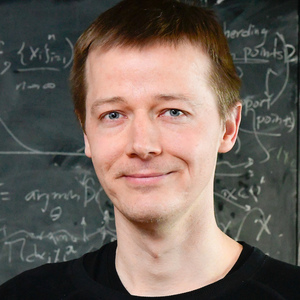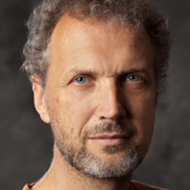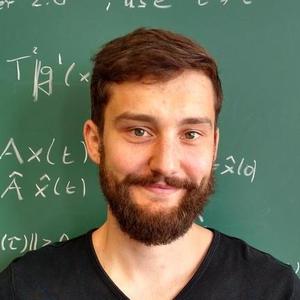Human Pose, Shape and Action
3D Pose from Images
2D Pose from Images
Beyond Motion Capture
Action and Behavior
Body Perception
Body Applications
Pose and Motion Priors
Clothing Models (2011-2015)
Reflectance Filtering
Learning on Manifolds
Markerless Animal Motion Capture
Multi-Camera Capture
2D Pose from Optical Flow
Body Perception
Neural Prosthetics and Decoding
Part-based Body Models
Intrinsic Depth
Lie Bodies
Layers, Time and Segmentation
Understanding Action Recognition (JHMDB)
Intrinsic Video
Intrinsic Images
Action Recognition with Tracking
Neural Control of Grasping
Flowing Puppets
Faces
Deformable Structures
Model-based Anthropometry
Modeling 3D Human Breathing
Optical flow in the LGN
FlowCap
Smooth Loops from Unconstrained Video
PCA Flow
Efficient and Scalable Inference
Motion Blur in Layers
Facade Segmentation
Smooth Metric Learning
Robust PCA
3D Recognition
Object Detection
Controller Learning using Bayesian Optimization
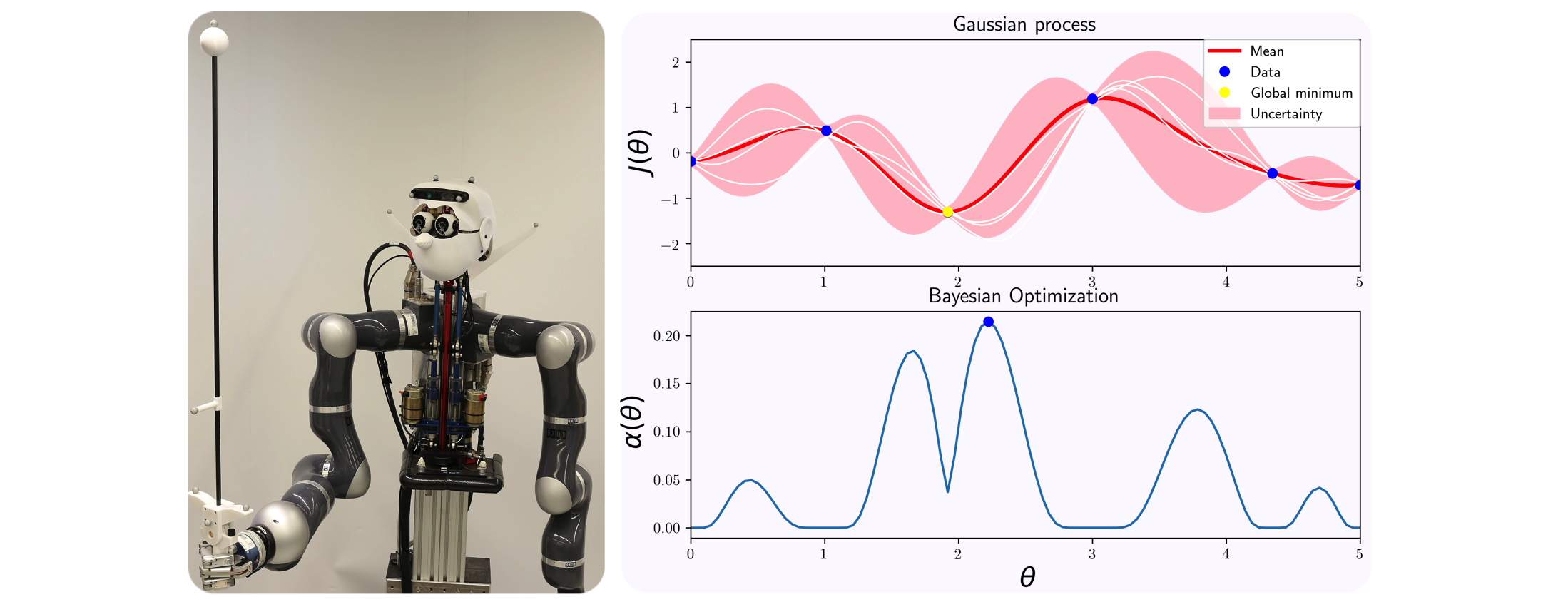
Autonomous systems such as humanoid robots are characterized by a multitude of feedback control loops operating at different hierarchical levels and time-scales. Designing and tuning these controllers typically requires significant manual modeling and design effort and exhaustive experimental testing. For managing the ever greater complexity and striving for greater autonomy, it is desirable to tailor intelligent algorithms that allow autonomous systems to learn from experimental data. In our research, we leverage automatic control theory, machine learning, and optimization to develop automatic control design and tuning algorithms.
In [], we propose a framework where an initial controller is automatically improved based on observed performance from a limited number of experiments. Entropy Search (ES) [
] serves as the underlying Bayesian optimizer for the auto-tuning method. It represents the latent control objective as a Gaussian process (GP) (see above figure) and sequentially suggests those controllers that are most informative about the location of the optimum. We validate the developed approaches on the experimental platforms at our institute (see figure).
We have extended this framework into different directions to further improve data efficiency. When auto-tuning real complex systems (like humanoid robots), simulations of the system dynamics are typically available. They provide less accurate information than real experiments, but at a cheaper cost. Under limited experimental cost budget (i.e., experiment total time), our work [] extends ES to include the simulator as an additional information source and automatically trade off information vs. cost.
The aforementioned auto-tuning methods model the performance objective using standard GP models, typically agnostic to the control problem. In [], the covariance function of the GP model is tailored to the control problem at hand by incorporating its mathematical structure into the kernel design. In this way, unforeseen observations of the objective are predicted more accurately. This ultimately speeds up the convergence of the Bayesian optimizer.
Bayesian optimization provides a powerful framework for controller learning, which we have successfully applied on very different settings: humanoid robots [], micro robots [
] and automotive industry [
].
Members
Publications

